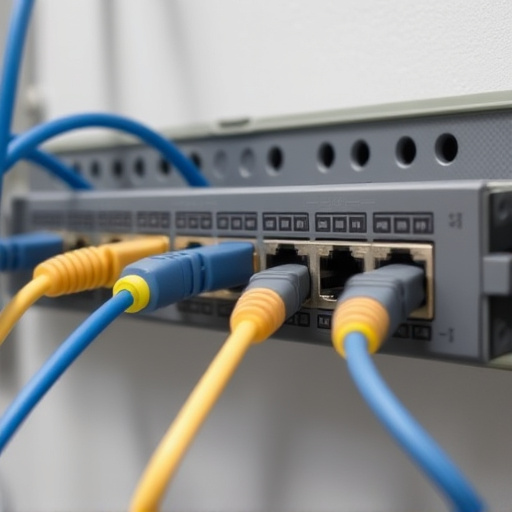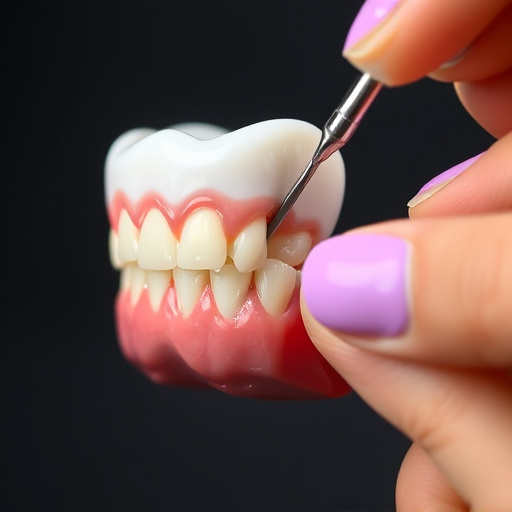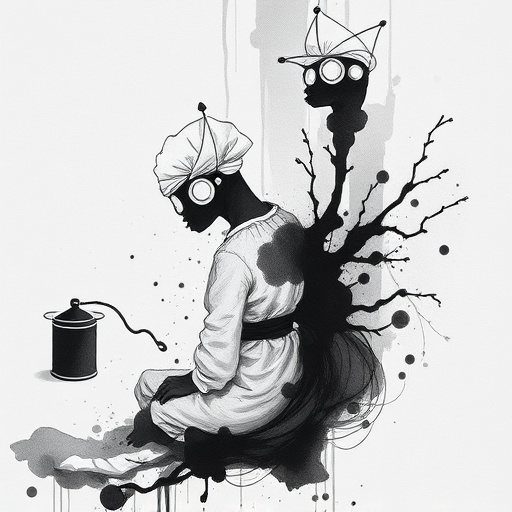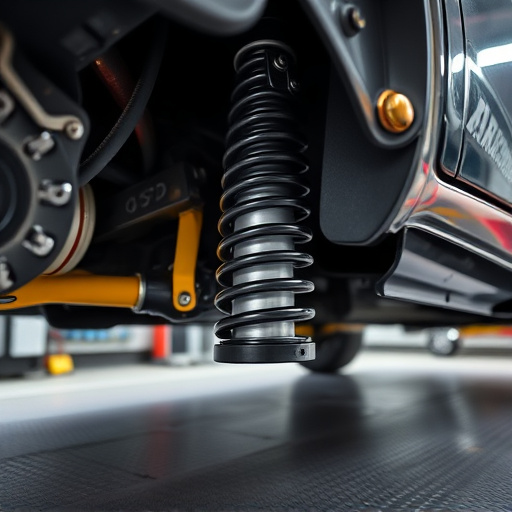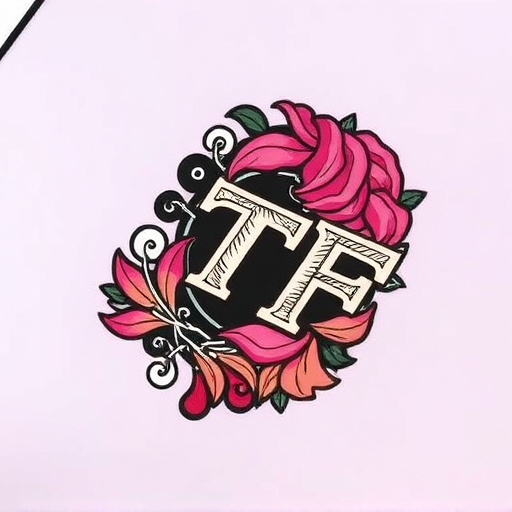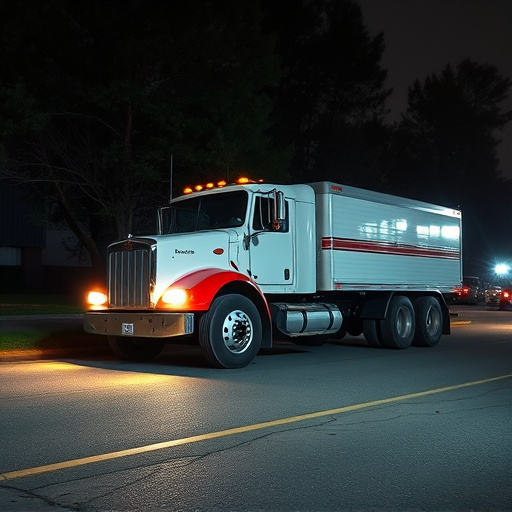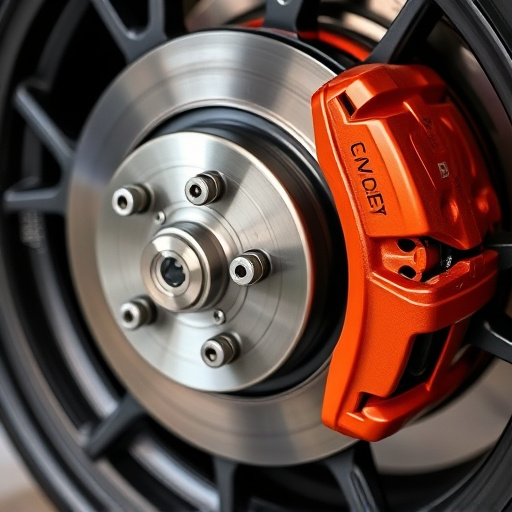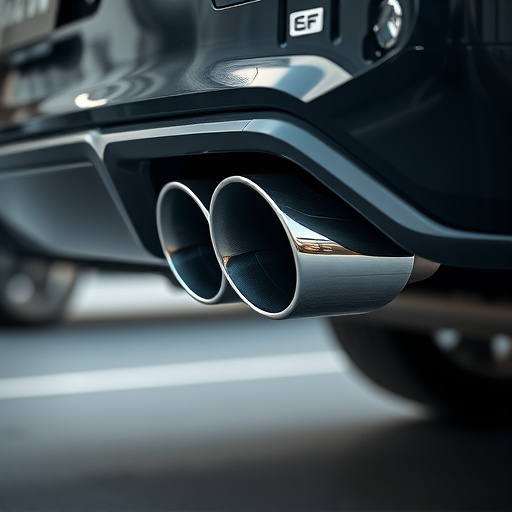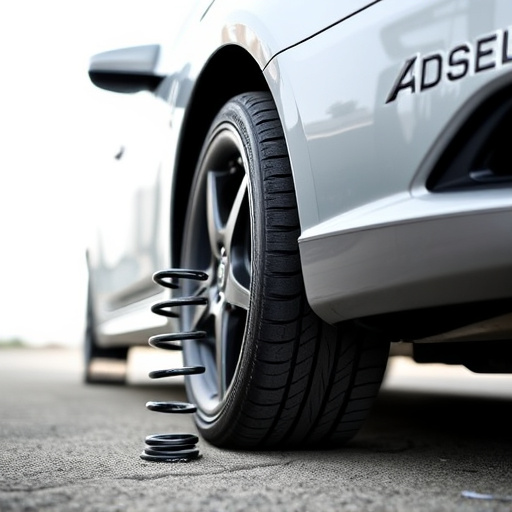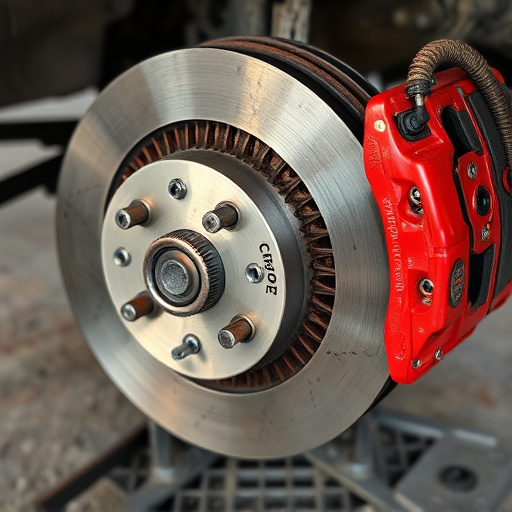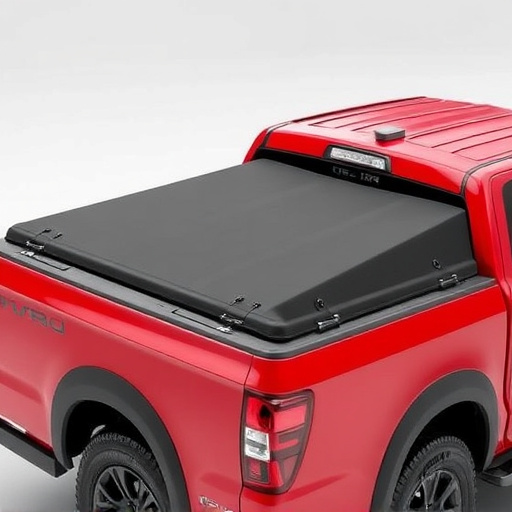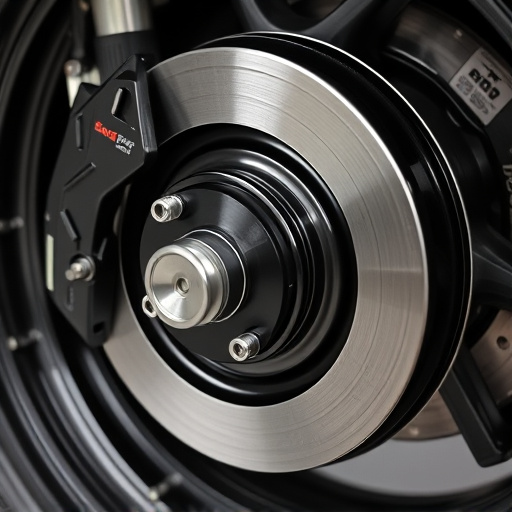Exhaust cutout valves, legal components of emissions control systems, require adherence to global regulations like SAE standards for safety, noise control, and performance. Proper installation, regional laws, and manufacturer guidelines are crucial to avoid legal issues related to product liability. Valves must be tested, certified, and come with clear instructions for safe use to mitigate risks to users and the environment.
Exhaust cutout valves, essential safety mechanisms in industrial settings, play a critical role in preventing hazardous gas buildup. This article delves into the legal landscape surrounding these valves, offering a comprehensive guide for understanding key regulations and standards. We explore liability concerns and best practices to ensure compliance, providing crucial insights for businesses navigating the complexities of exhaust cutout valve implementation. By understanding these legal factors, companies can mitigate risks and foster a safer working environment.
- Understanding Exhaust Cutout Valves: Legal Definition and Scope
- Key Regulations and Standards for Their Installation and Use
- Liability Concerns and Best Practices for Safety Compliance
Understanding Exhaust Cutout Valves: Legal Definition and Scope

Exhaust cutout valves, also known as exhaust bypass valves, are specialized components designed to regulate and control the flow of exhaust gases in vehicles. These valves play a crucial role in performance tuning, enabling drivers to optimize their vehicle’s power output and engine sound. Legally, exhaust cutout valves fall under the umbrella of automotive emissions control systems, which are subject to strict regulations to ensure safety and environmental protection.
The scope of these legal considerations encompasses not just the valve itself but also its integration with other high-performance parts, such as exhaust mufflers and performance brakes. Manufacturers and installers must adhere to specific standards to prevent any potential harm caused by altered exhaust systems. This includes ensuring that modifications do not compromise the overall safety or efficiency of the vehicle, especially in terms of noise pollution. Regulatory bodies worldwide have established guidelines for these components to ensure a balance between legal requirements and the desired performance enhancements associated with exhaust cutout valves.
Key Regulations and Standards for Their Installation and Use

The proper installation and utilization of exhaust cutout valves are governed by a web of regulations and standards designed to ensure safety, environmental protection, and vehicle performance. These guidelines vary across regions, but several key frameworks are universally recognized. For instance, in many countries, the Society of Automotive Engineers (SAE) establishes standards for automotive components, including exhaust systems and their associated valves.
Compliance with these standards is crucial, as they cover critical aspects such as valve placement, operating temperatures, noise emissions, and compatibility with vehicle performance brakes and exhaust tips. Adherence to regulations not only guarantees optimal vehicle functionality but also prevents legal issues related to product liability. Therefore, manufacturers and installers must stay abreast of the latest standards and regulations to ensure their exhaust cutout valves meet all necessary criteria.
Liability Concerns and Best Practices for Safety Compliance

Liability concerns surrounding exhaust cutout valves primarily revolve around safety and potential risks to users and the environment. These valves, designed for quick modification or removal of exhaust systems, must adhere to stringent regulations to mitigate hazards. Best practices for ensuring safety compliance involve thorough testing and certification of the valve’s functionality and durability. Manufacturers should provide clear instructions and warnings, detailing proper installation, use, and maintenance procedures to prevent accidents.
In addition to safety, considerations regarding performance air filters and exhaust systems are vital. Exhaust cutout valves should seamlessly integrate with existing cat-back exhaust systems or other modifications without compromising the overall efficiency of these components. Regular inspection and replacement of filters, along with adherence to manufacturer guidelines for valve maintenance, are essential practices to maintain optimal performance and prevent liabilities related to poor air quality or reduced engine efficiency caused by improperly maintained exhaust systems.
When it comes to exhaust cutout valves, understanding the legal landscape is paramount. By adhering to key regulations and standards, businesses can ensure safe installation and operation, mitigating liability concerns. These measures are essential for maintaining compliance and protecting against potential risks associated with these critical safety components. Knowing the legal factors involved in exhaust cutout valves empowers industries to make informed decisions, fostering a safer working environment.
